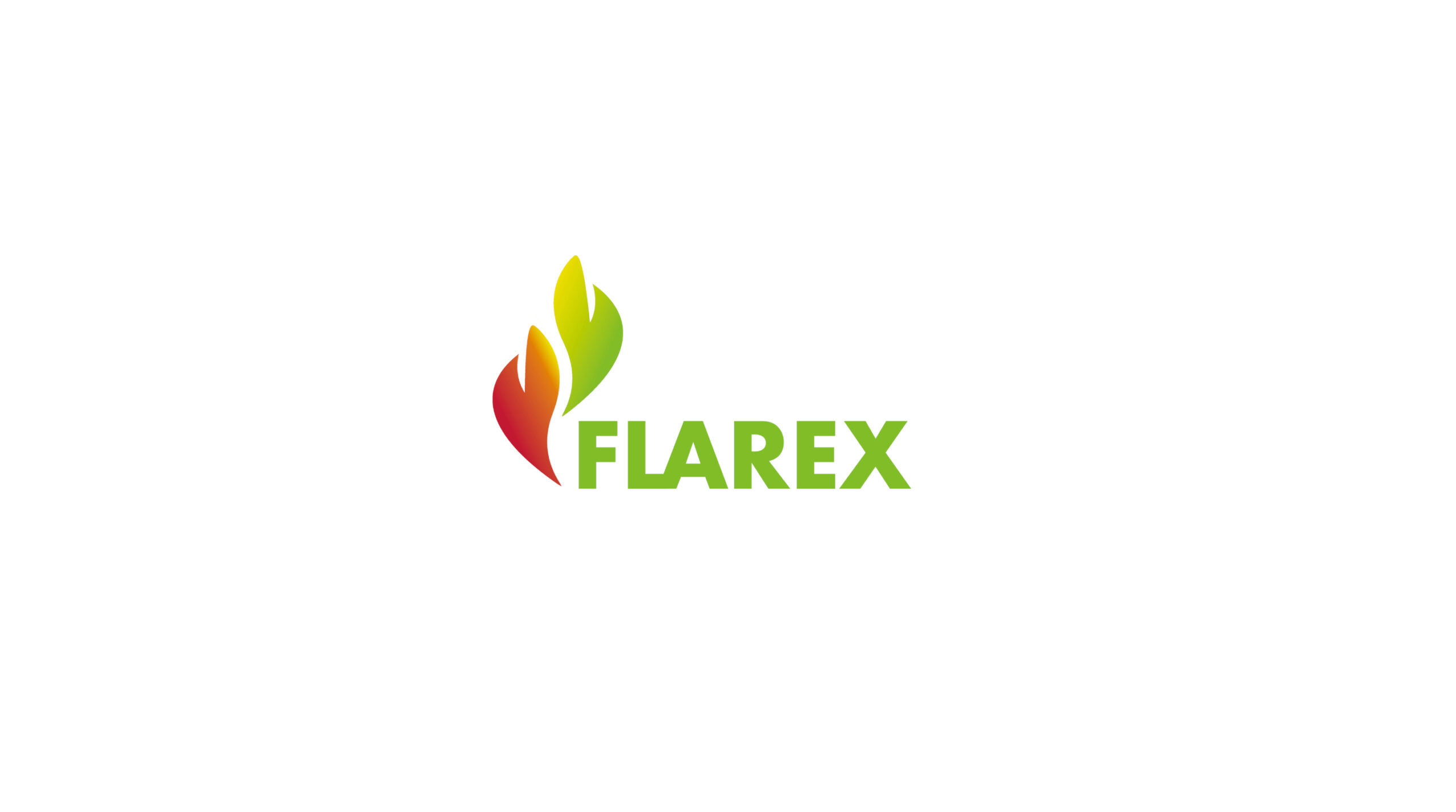What are you looking for?

FLAREX
OBIETTIVI
L’obiettivo del progetto FLAREX è contribuire alla diminuzione dell’impatto sull’ambiente e sulla salute causato dalle sostanze tossiche che si sviluppano in seguito all’utilizzo di composti antifiamma contenenti bromo, formaldeide e antimonio.
Questo studio fu sviluppato analizzando i migliori prodotti di finissaggio tessile disponibili, e migliorando queste tecnologie innovative per l’applicazione di prodotti antifiamma.
ABSTRACT
Flame retardant (hereinafter FR) textiles are extremely important since they offer human, property and environment protection against fire. In recent years, increasing concerns about the toxicological and environmental consequences of using such FR chemicals on textile substrates have been raised. Many of these chemicals are now recognized as global contaminants and are associated with adverse health effects in animals and h humans, including endocrine and thyroid disruption, immunotoxicity, reproductive toxicity, cancer, and adverse effects on fetal and child development and neurologic function. European and worldwide legislations have restricted the type and doses o of flame retardant compounds used in textile applications. In Europe, REACH legislation restricts the use of brominated (PentaBDE, Octa aBDE, TRIS, PBB) compounds and does not allow the utilization of other FR toxic compounds (i.e. tris(aziridinyl)phosphinoxide) in articles for skin contact. Additionally, other FR toxic compounds (i.e. Deca-BDE, boric acid, Short C Chain Chlorinated Paraffins, TCEP, HBCD) have been listed as Substances of Very High Concern.
The reaction to those concerns linked with the apparent need for enhanced flame retardant performance at an acceptable cost has caused both research scientists and industry to replace and to enhance the efficiency of the currently used FR products. Existing formulations based on phosphorous and nitrogen compounds, nanotechnology (i.e. nanoclays), formaldehyde-free products, among others, are e seen as environmentally friendly alternative es. However, they might lack performance for the most demanding applications.
The demonstration at technical scale was divided into four main parts which are:
1) Selection of commercial FR finishing (including coating) additives and textile materials,
2) Laboratory demonstration of the finishing applications,
3) Industrial demonstration of the finishing applications
4) Risk assessment of the project finishing applications.
Four textile clusters, from Spain (AEI Téxtils, Ateval), Czech Republic (Clutex) and Italy (Pointex), two technological centres (Leitat, Centexbel) and one research institute (IQAC_CSIC) participate in this LIFE Environment and Resource Efficiency project until June 2020.